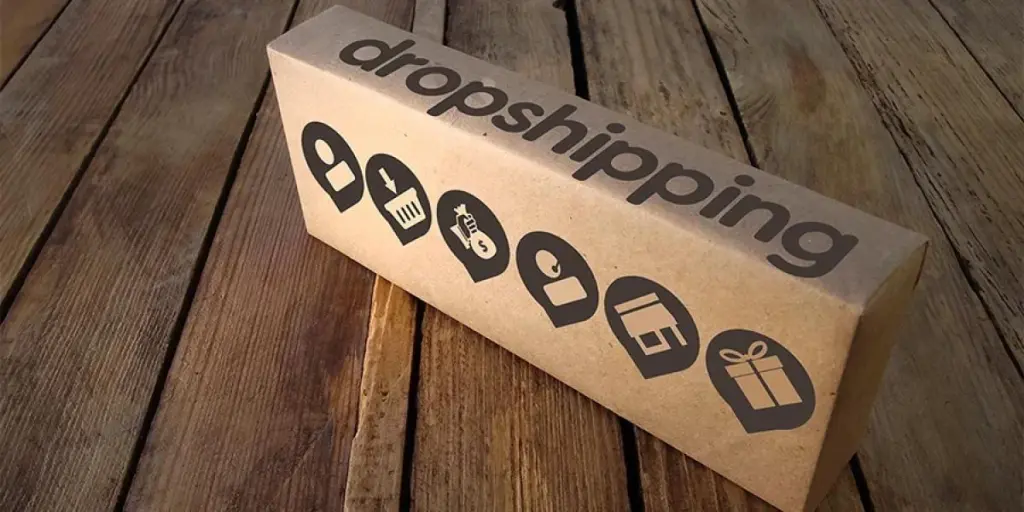With advanced technology at the tip of our fingertips, it is easier now than ever before to start a business, especially on an e-commerce platform. However, without proper knowledge of important costing terminologies, such businesses run the risk of losses. A landed cost is one such must-know concept that every business owner should be familiar with, in order to improve their business strategy. So read on for a breakdown of what a landed cost is and how it can be applied to improve your operations as an e-commerce retailer.
Table of Contents
What is landed cost and why is it important?
How is landed cost calculated?
How to reduce landed cost?
Conclusion
What is landed cost and why is it important?

In its simplest form, the definition of landed cost is the total cost incurred by the seller for the product they intend to sell. However, it gets a little trickier than this.
While calculating landed cost, a seller typically considers the manufacturing or procurement cost of their product along with its associated transportation costs. Dig deeper, and one will find several unconsidered components in their total landed cost. The following main components should be considered at all times:
- Cost of goods sold – This refers to the cost involved with the purchase or manufacture of the concerned product.
- Freight and shipping costs – Costs related to freight transport include all packing and handling costs, along with actual transportation costs. Demurrage fees, if applied to certain consignments, must also be factored in.
- Insurance and other risk-avoidance costs – Apart from insurance coverage, several risk avoidance actions like compliance audits and maintaining safety stocks have associated costs that need to be factored in at the time of calculating landed cost.
- Customs and import duties – In case the product is imported, all forms of costs related to customs duties, taxes and agent fees are applicable.
- Other hidden costs or overheads – This refers to the types of cost that have an indirect impact on the calculation of landed cost and, hence, cannot be overlooked. Some examples are exchange rates, warehouse rent and salaries of the purchasing staff.
For an e-commerce owner working on a tight budget, every dollar counts. Not only do they want to keep their expenses low; but they also want to apply a healthy profit margin that ensures long-term business buoyancy. Proper knowledge of landed cost calculation helps to achieve both goals.
How is landed cost calculated?
Now that the components of landed cost are known, here is the simple formula:
Total landed cost = Cost of goods sold + freight and shipping cost + risk-avoidance cost + customs and import duties + any other overhead
When considering several identical items in a lot, the landed cost of each item is calculated by dividing the total landed cost by the total number of items.
Let’s consider an example:
A business owner wishes to purchase 100 units of product “X”, priced at $50 each. The product is to be imported, with total shipping charges amounting to $400, and is expected to attract a customs duty of $150. The agent’s charge for clearing this consignment from the customs department is $50. The insurance cost is estimated at $75 and the yearly compliance audit is set to cost $30.
Hence, the expected landed cost of each unit of product “X” = $50 (cost of goods sold) + $400/100 (freight and shipping cost) + ($150 + $50)/100 (customs and import duties) + ($75 + $30)/100 (risk-avoidance cost) = $50 + $4 + $2 $1.05 = $57.5
Note: If product “X” were to be imported in Euros, then the exchange rate charges would also need to be added to the landed cost calculation.
The above exercise helps the business owner to identify their true cost and develop a suitable pricing strategy. Depending on the nature of their business, they can choose one of the following pricing strategies:
- For a niche market with few competitors: Apply a higher profit margin to the total landed cost of $57.5 instead of $50, and protect their business from potential losses.
- For a highly competitive market: Apply a lower profit margin but also aim to lower the total landed cost below $57.5 for enjoying higher profitability.
How to reduce landed cost?

By now, it is clear that proper calculation of a product’s landed cost helps a business owner to make informed business decisions through accurate budgeting and the application of suitable pricing strategies. For SMEs, wholesalers and drop-shippers functioning in the e-commerce space, this exercise helps to develop a clear insight into their supply chain and make them more efficient.
While there are no rules or readymade solutions, here are a few suggestions to reduce landed cost:
- Change or renegotiate with the supplier: Whether operating on a domestic or international scale, identifying new suppliers closer to the warehouse can help save a lot of freight and shipping costs. Alternatively, one can renegotiate with their existing suppliers for lower prices.
- Renegotiate with the carrier or switch to a new one: A similar strategy can be applied to carriers. Existing carriers can be asked to provide more attractive rates; otherwise one can switch to more competitively-priced alternatives.
- Shift storage location: Shifting the warehouse closer to the port or other entry points (in case of imports) can help significantly lower transportation costs. In the same way, shifting the fulfillment center closer to the target audience can also favorably reduce shipping costs.
- Optimize inventory and warehouse layout: Optimizing inventory helps to reduce wastage and losses which, in turn, reduces the need for frequent procurement. Also, optimizing warehouse layout enables quick inventory processing by the warehouse staff, which helps to reduce expensive labor cost.
Conclusion

To summarize, a thorough understanding of landed cost and its various components can help every business owner to control costs and improve profitability. In fact, the more accurate the landed cost calculation, the higher the chances for profitability and long-term business buoyancy. Irrespective of the business size, adopting a lean supply chain can help reduce landed cost and contribute to healthy business growth.
Liked what you read? Get more access to a variety of industry-based resources, expert insights and timely B2B news at Alibaba.com reads.




